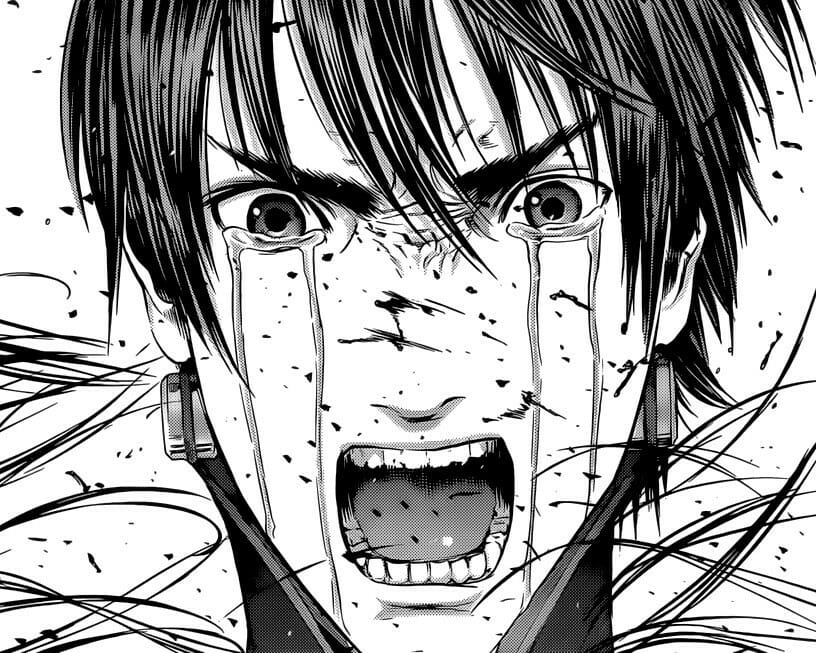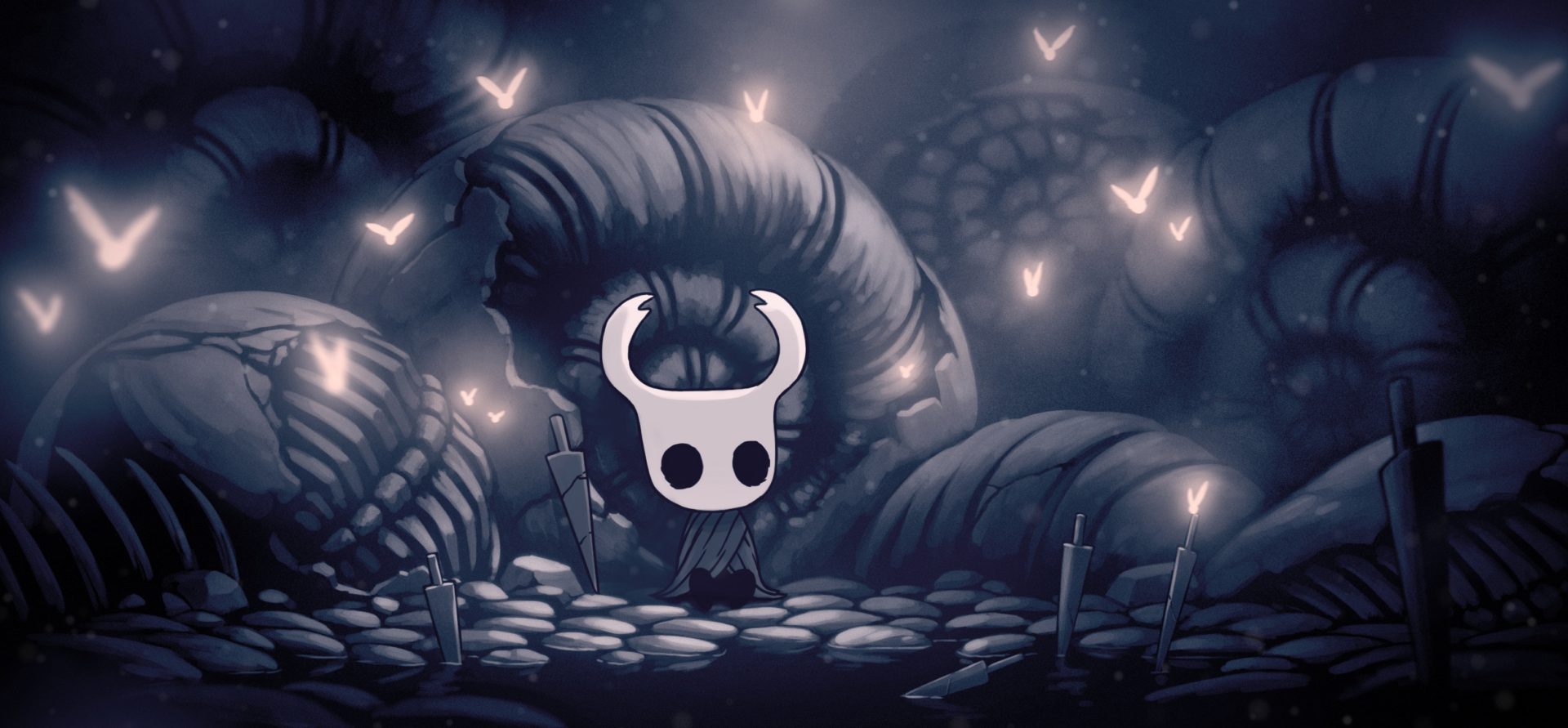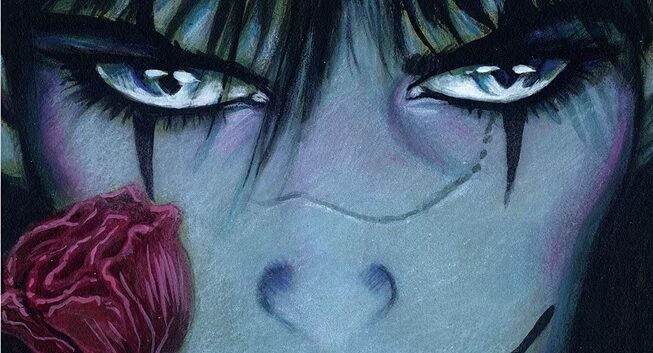
The Crow Comics Review | Love, Vengeance and Punk in underground comics
Author
Year
Format
If it’s true that art comes from pain, James O’Barr surely is a prime example of this statement. The source of The Crow, his most renowned work, is the loss of his fiancée and soon-to-be wife, which happened in 1978, when O’Barr was eighteen years old. The sorrow he went through, combined with the influence of punk-rock and goth culture and news reports about a couple murdered over a cheap engagement ring, built up the essence and the story of The Crow: a vigilante who comes back from the dead to take revenge.
The Crow – A spirit of vengeance and love
Eric and Shelly are deeply in love and will get married soon. Their dream of love, however, is destroyed by a gang of criminals who rape Shelly and kill the couple. Just another sad crime report, except that Eric, a year later, comes back from the dead to punish the ones who took happiness away from him. Invincible and ruthless, the Crow will stop only when all the perpetrators are six feet underground.
The plot could be considered the classic superhero origin story. Somehow it recalls The Spirit by Will Eisner, where the protagonist fights crime after being mistakenly declared dead. The cornerstone of the main character is a huge trauma as in the case of most superheroes – Spider-Man and Batman, just to mention two, who decide to fight crime after their loved ones are murdered. And The Crow/Eric displays a peculiar character design which will make a mark on a generation.
The Crow, however, is a completely different thing. Rapidly becoming a sensation in underground comics since the end of the ‘80s and the beginning of the ‘90s, this graphic novel is a mix of genres. It could be considered both a crime story with a strong taste for violence and a horror story due to its supernatural elements. The reader feels the author’s anger and grief watching the Crow brutally murder his targets, with recurrent focuses on blood, wounds and splatter scenes throughout the book.
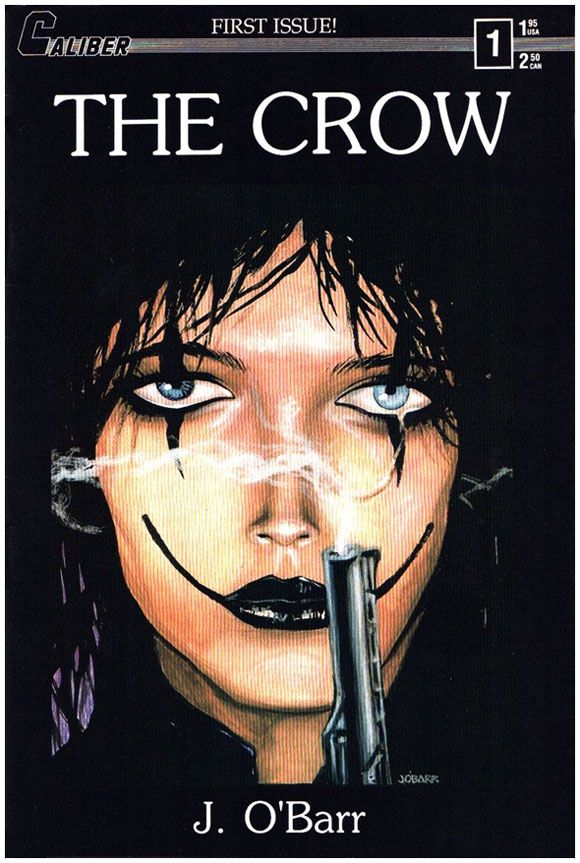
However, the grim atmosphere is softened by Eric’s caustic irony and, mostly, by the extremely tender flashbacks, where O’Barr tells Shelly’s and Eric’s love story little by little, outlining the two-fold nature of the comics. On one hand extremely brutal and savage, on the other lyric and willing to express pure and untainted feelings.
The two tragedies which marked The Crow
I thought it’d be a catharsis if I could channel all this anger and frustration onto paper. And it turned out the exact opposite. […] every page became a little death
James O’Barr
After O’Barr lost his girlfriend, he joined the Marines and illustrated combat manuals for the military. He started to work on The Crow in 1981, in an attempt to overcome the sorrow. Despite the whole dynamic between vengeance and love, though, the point of The Crow is acceptance. The author struggled to accept what happened to his girlfriend, feeling guilty because he couldn’t do anything to avoid the tragedy. And, as Eric understands in the end, the hardest part is forgiving himself and letting go of the guilt.
A even harder acknowledgment for O’Barr, because of another tragedy which marked The Crow. Brandon Lee, who interpreted Eric in 1994 movie adaptation and was attached to O’Barr, lost his life during the last shootings due to an incident on set.
O’Barr removed some flashbacks representing Eric and Shelly’s love story from the first edition, concluded and printed as a graphic novel in 1992. He considered them too private, as they are semi-autobiographical, and feared to spoil them if he included them in the book. However, in the ultimate edition published in 2011, O’Barr decided to include them all, because “The Crow is a celebration of true love”, as he stated in the introduction.
Creating the style of The Crow
The representation Eric and Shelly’s love is what differentiates The Crow from other revenge stories. Shifting back and forth to what stands before and after the trauma of loss, O’Barr enhances both elements of the story. When it comes to Eric’s revenge, blacks and shadows dominate most of the page, narration is more paced and thrilling and relies on action and fluid dialogue. On the other hand, the flashbacks are visibly brighter, dreamlike, with dim nuances, and the storytelling slows down, indulging in more lyrical captions.
The visible style changes throughout the graphic novel suggest that the author was experimenting page by page with new ways to express his grief and his love. It’s also an indication of a style still in the making, as The Crow was O’Barr’s first graphic novel and he worked on and off on the first issue, from 1981 to 1988 when it came out.
The Crow was the symbol of a generation
Aside the strength of the contents, The Crow became one of the best-selling underground comics (more than 750,000 copies sold) also thanks to other features. O’Barr repeatedly said he took inspiration from Iggy Pop’s body and Bauhaus singer Peter Murphy’s face to create his character. Also Robert Smith, founder of The Cure, was a clear influence, along with the Joy Division’s lyrics. A proof of the bond The Crow has with punk-rock and goth culture, both for the aesthetic and for its contents.
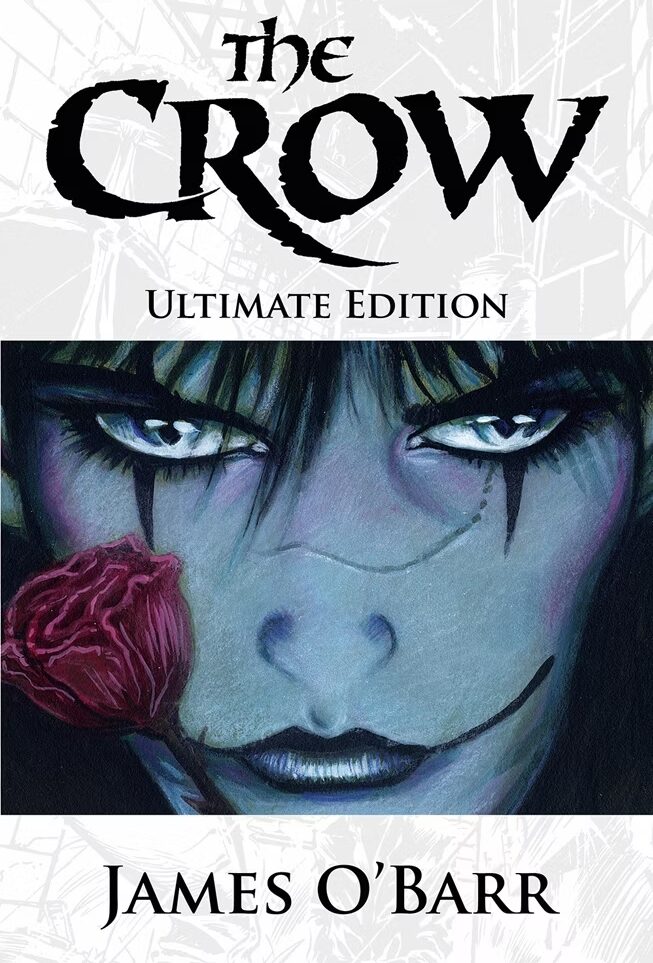
I was probably more influenced by music than I was by any other artwork or things that were around me at the time
James O’Barr
The growing success of The Crow and the presence of all these elements contributed to popularize punk and goth fashion, which started to become mainstream. An effect The Crow shared with Neil Gaiman’s The Sandman (started in 1988 too), which with its protagonist and especially his sister Death influenced the taste of male and female readers in terms of fashion.
Aside from fashion, The Crow and The Sandman also influenced the comics industry, expanding the categories of readers, especially in the USA. After Frank Miller and Alan Moore’s work, which showed a more mature and complex way to tackle the superhero genre, comics artists like Gaiman and O’Barr showed that comics had much more than just superheroes to offer.
Is the movie of The Crow better?
The film adaptation contributed to The Crow’s success too. Becoming tragically famous because of Brandon Lee’s death, it also launched a lucky season for film adaptations from independent comics. Along with The Crow, The Mask also came out later in 1994, starring Jim Carrey, followed by Judge Dredd (1995) with Sylvester Stallone and Men in Black (1997) with Tommy Lee Jones and Will Smith. Probably also Marvel Comics decided to adapt its vampire fighter Blade (1998) thanks to the success of The Crow movie.
Aside from that, the movie directed by Alex Proyas (Dark City, I, robot) both managed to deliver the essence of the graphic novel and to enrich it with a convincing staging and a fitting soundtrack with punk-rock and metal sounds. Also, Brandon Lee’s interpretation delivered some iconic scenes, one for all Eric’s quote “It can’t rain all the time”.
More than that, the movie appears more solid when it comes to dramaturgy. The book doesn’t pose any real threat to the protagonist and often indulges in its lyrical inclination. For example, the reader will find poems by Rimbaud and Baudelaire throughout the panels, echoing the events of the story, while Eric’s revenge happens relentlessly. The movie gives more space to secondary characters like Sergeant Albrecht and young girl Sarah and introduces a criminal mastermind behind the thugs who killed Eric and Shelly, managing to raise the stakes in the final act.
And yet, it would be pointless to decide which is better between the graphic novel and the movie. Firstly, because they’re different media which come to different kinds of fruition. And secondly, because what struck readers and viewers is the intensity of the emotions James O’Barr wanted to share and their embodiment in the character of Eric Draven, The Crow.
Tag
Buy a ☕ for Hypercritic







